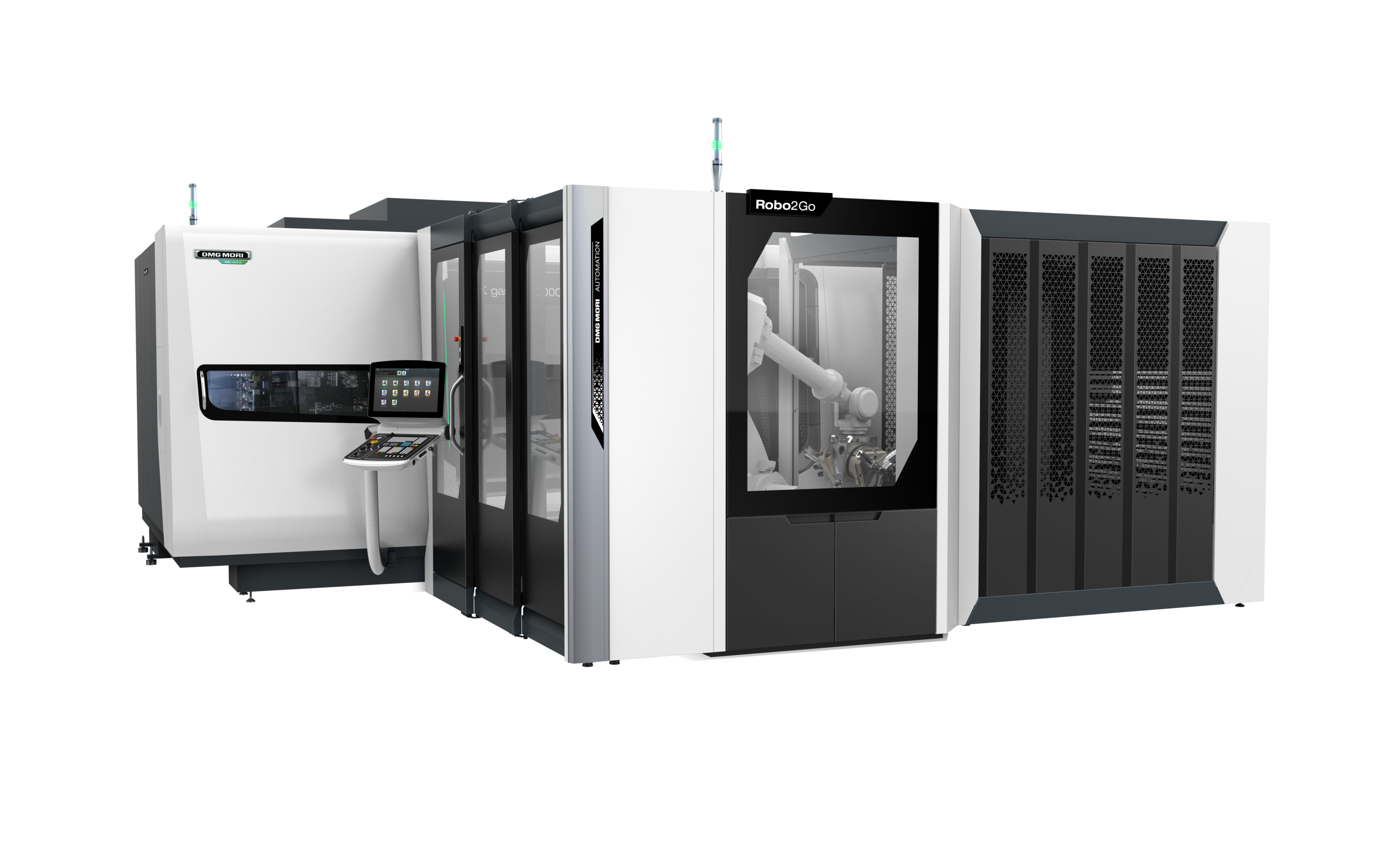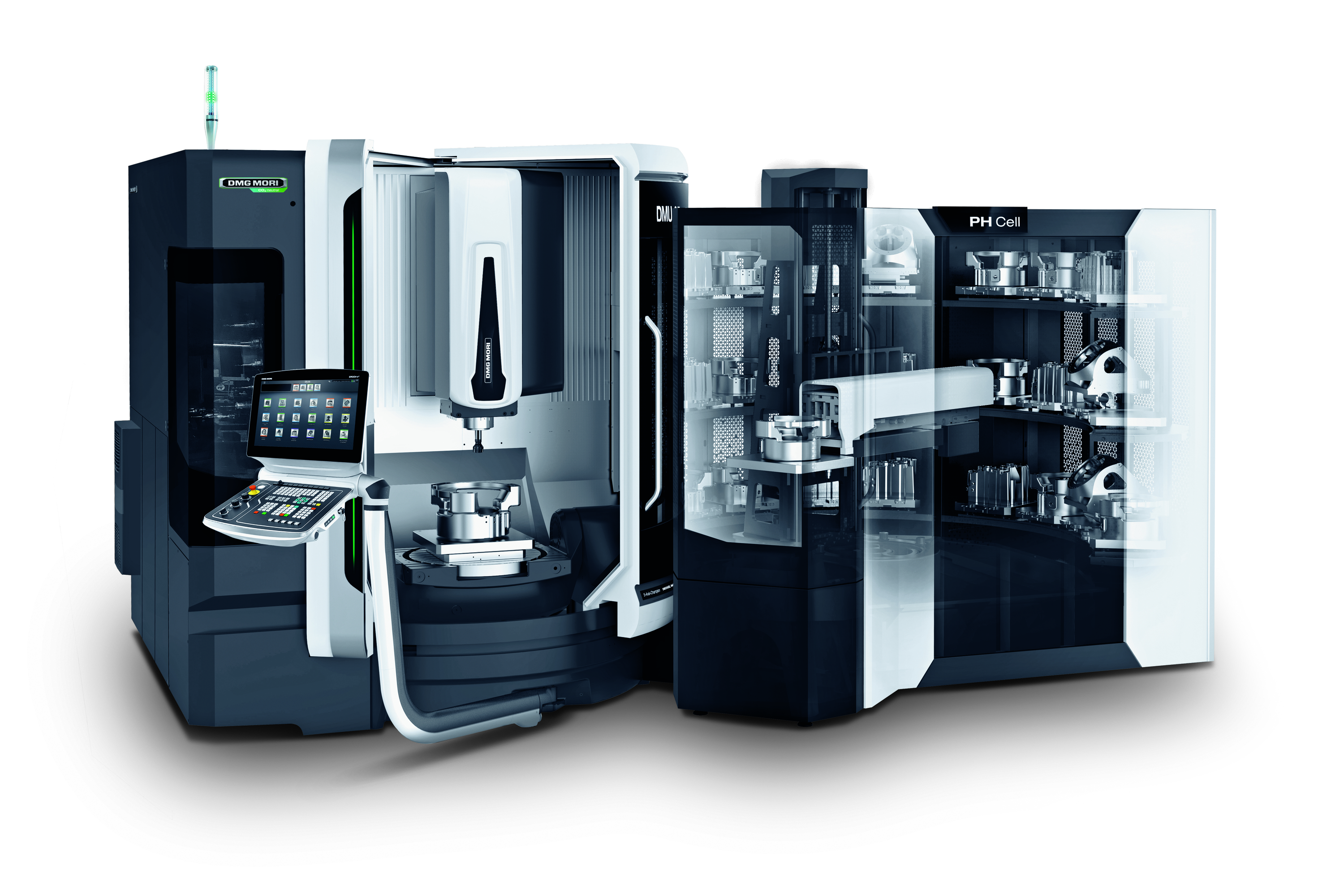With the beginning of the first industrial revolution, machines took over a large part of manual work. Machines worked without interruption and with unprecedented productivity. The use of machines went hand in hand with the continuous development of products. Probably no other epoch before has produced as many innovations as the 20th century – a time in which advanced technologies have permanently changed almost all areas of life. This also included computers, the use of which enabled automation to once again take revolutionary paths that are now leading to the era of Industry 4.0.
Automation and its economic power
Automation technology has developed consistently over the past 100 years or so. Gone are the days of Henry Ford, when a single model in a single variant was automated but also produced with little customization. Embedded in approaches to holistic industrial digitization, automation is experiencing a renaissance, so to speak, and is climbing ever new levels of performance.
Gone, too, are the days when machines set the pace for humans in factories and the latter performed repetitive work on a piecework basis, as Charly Chaplin pointedly depicted in his 1936 film “Modern Times”. Today, more than ever before, humans are at the center of attention and, in particular, are responsible for monitoring, controlling and, above all, optimizing the increasingly automated machines and manufacturing solutions.
In today's factories, it is no longer (just) a matter of automating recurring, monotonous production processes as completely as possible or of setting up automated large-scale production. Companies can tap into new, untapped potential and increase their capacity utilization through intelligent automation. Modern automation systems allow companies multi-machine operation, reduce throughput times and simultaneously increase quality – all decisive factors for being and remaining competitive in markets that have long been globalized and price-sensitive.
The potential is great: The Machine Tool Laboratory WZL at RWTH Aachen University has shown in an analysis that machine tools are only utilized to around 37 percent on average. A result that actually contradicts the goals of the manufacturing industry: sustainable economic activity by utilizing all available resources as efficiently as possible and maximizing productivity.
New approaches to automation technology are designed to adapt to a wide variety of requirements. New solutions allow high levels of individualization and increasingly varied production including the implementation of periphery – for example deburring, marking, measuring and washing. Even production from batch size 1 is to be as self-sufficient as possible with new solutions. In addition to the pure increase in productivity, flexibility is also becoming increasingly important for manufacturing companies in order to be able to continue to produce economically in the future. The increasing requirements for holistic automation are also moving digital tools into the spotlight.

Automation and digitization go hand in hand

The manufacturing of the future is automated and digital; purposefully automated and digitized as an integrated solution. In the increasingly complex value chains, order management and material procurement, for example, must be optimally coordinated so that delivery can be made quickly and just in time. “Intelligent” algorithms support efficient control and continuous monitoring and data-based process or plant optimization.
In addition: Not only the questions of “how” and “what?” influence automation decisions. For a long time now, it has no longer just been manufacturing plants and robot workstations. Based on advanced digitization solutions, fully autonomous processes within factories are developing into their own and entirely new form of automation (cumulated, among other things, in the term Robot Process Automation). Here, too, the integrated double of digitization and automation reduces manual handling and eliminates routine activities. But here, too, development is progressing ever further and unstoppably. Beyond the classic automation goals, for example, even the creation of NC programs will be able to run fully automatically in the future.

Future topic with a holistic portfolio

From countless projects in all industries, machine tool manufacturers know the competitive pressure of their customers very well – also because they are in this situation themselves and have to put their processes permanently to the test. It is not least from such experiences and implementations that increasingly sophisticated automation concepts for every application, every batch size and every budget are being developed – an ideal prerequisite for tailoring manufacturing solutions completely customer-specifically and in relation to the respective application. After all, the component spectrum determines the manufacturing solution: machine-integrated pallet changers, universal standard automation or entire turnkey solutions including the complete elaboration of manufacturing processes. A steadily increasing technological maturity combined with integrative controls and simple programming have made automation a dynamic trend in the field of flexible manufacturing.
As a technology leader in the machine tool industry, DMG MORI is driving automation as a strategic pillar of its business model at all levels of its portfolio. The strong focus on this future-oriented topic has resulted in a total of more than 150 different machine tool models from all technology areas that can be equipped or upgraded.
The focus is always on simple operation of the automation solutions, as impressively demonstrated by the Robo2Go, for example. Users can realize highly flexible and automated production of demanding workpieces without any robot programming knowledge at all. The modular portfolio comprises a total of 53 automation solutions in 13 product lines for workpiece or pallet handling – including the complete hardware and software – right through to master computer technology from DMG MORI's own development department. It enables convenient handling of linear pallet pools with up to 99 pallets – from production planning and management to process diagnostics.
Digitization and automation in perfect interaction: The Excellence Factory
Impressive proof of the potential of holistic automation and digitalization is the Excellence Factory at DMG MORI's Pfronten site. The complete model mix of the company's own monoBLOCK machining centers is built here in an automated flow assembly with optimal throughput times. The increase in productivity and efficiency results in significant price advantages for customers and increases competitiveness.